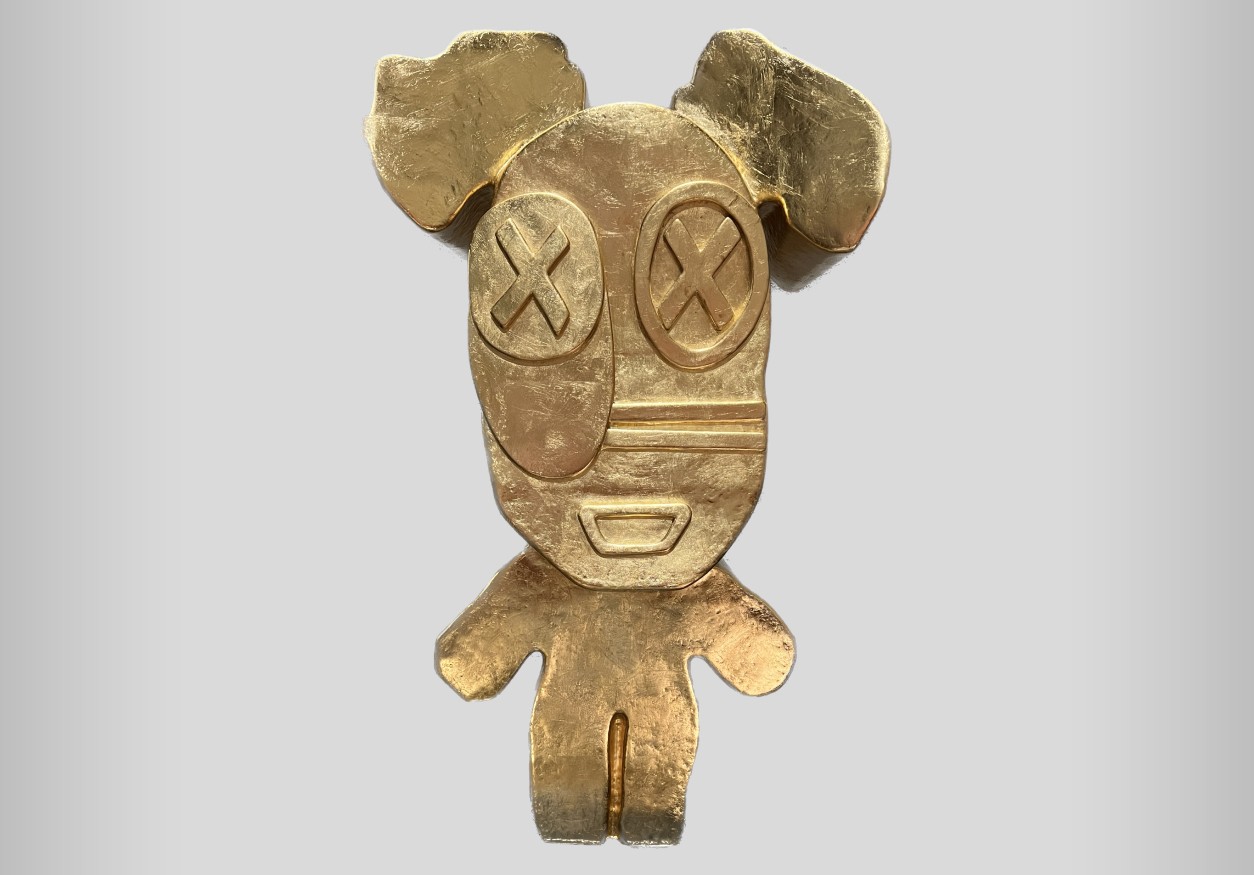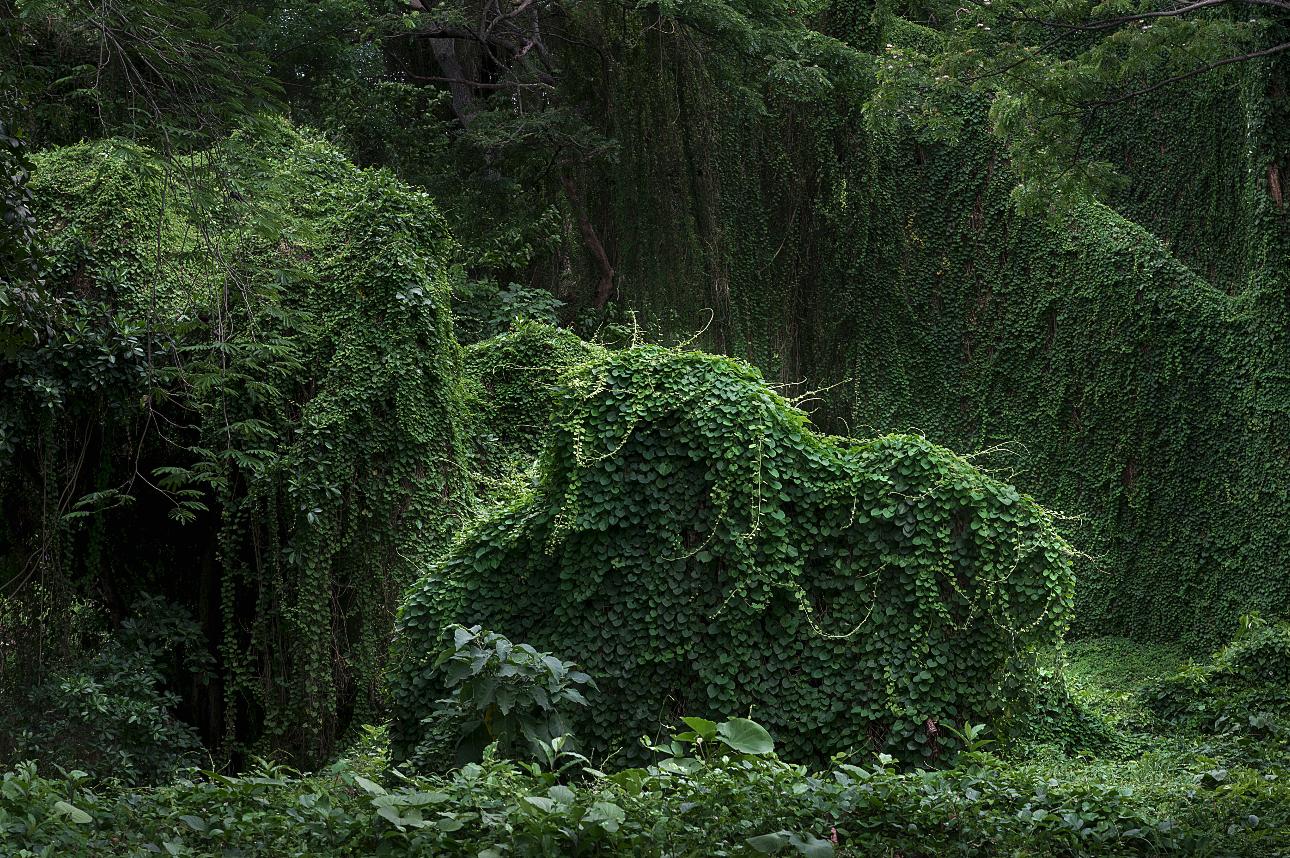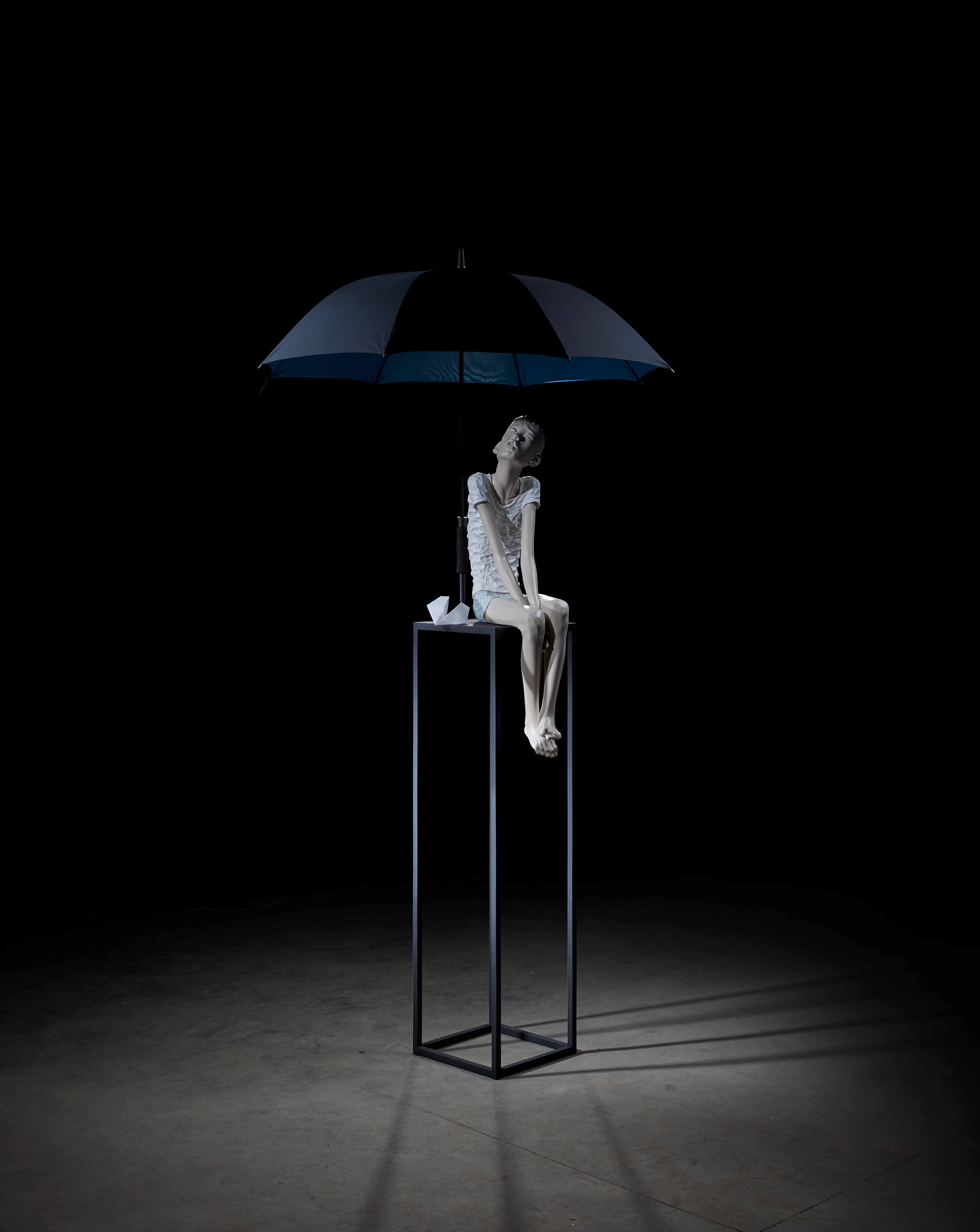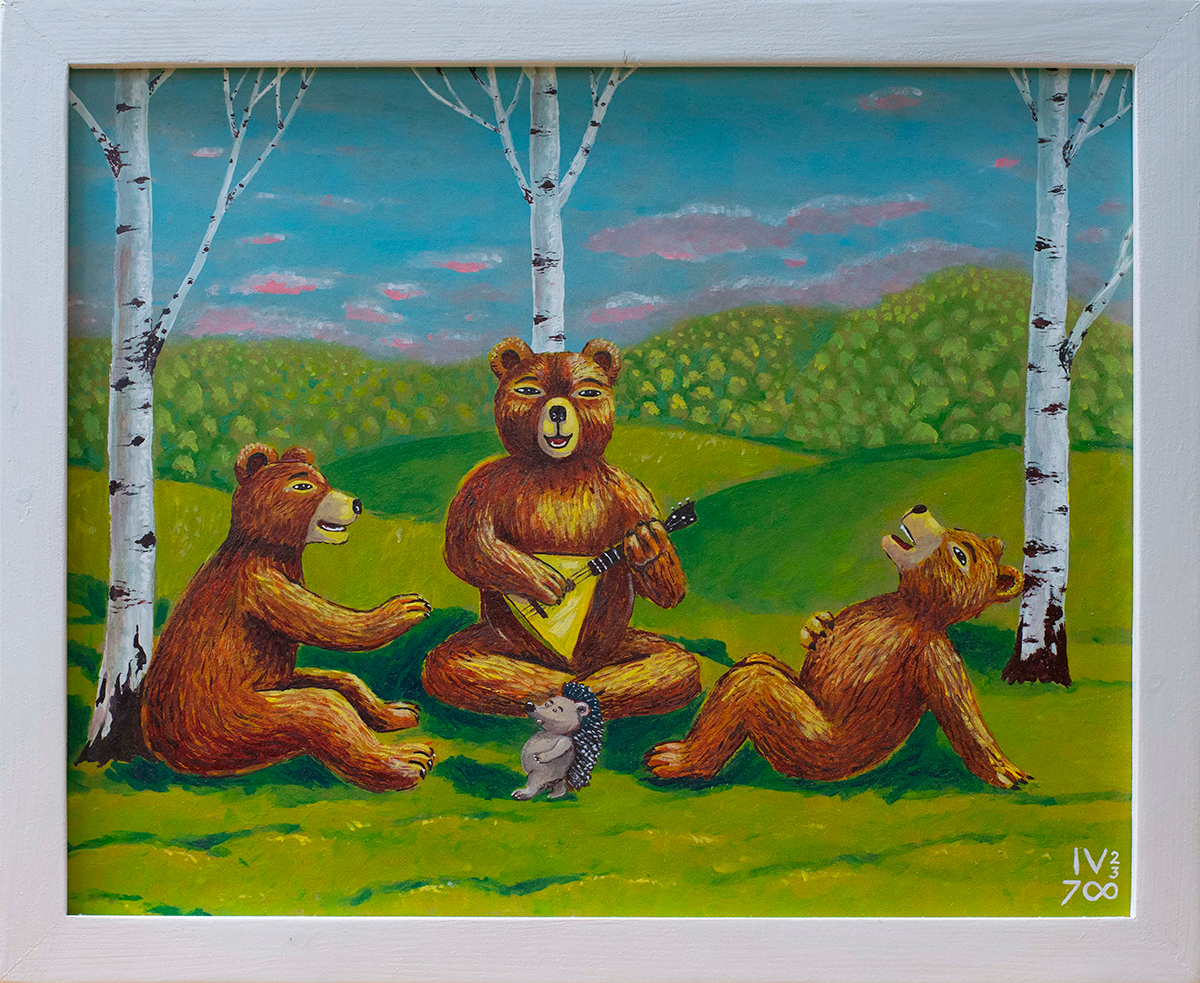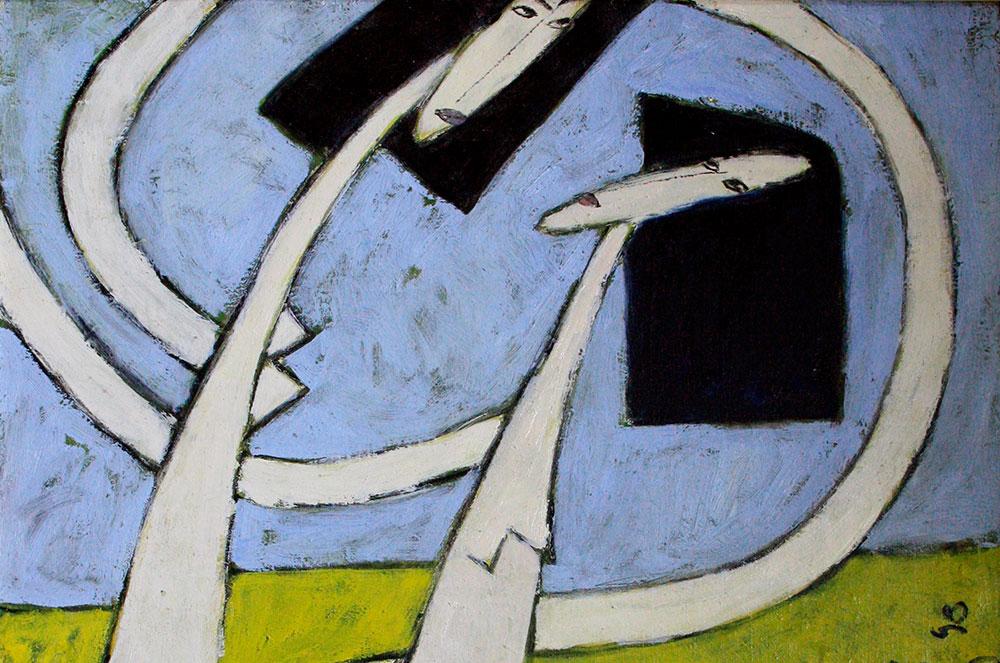Erarta Museum of Contemporary Art presented an exhibition by the French-born artist and surfer Dimitri Zoellin whose creations are inspired by the powerful element of the ocean
-
An opportunity to ‘live’ through a dozen different stories in one relatively small exhibition space
-
Text-rich paintings taking the ‘reader’ on a full-fledged adventure
-
An artist building upon the legacy of the art brut and street art traditions
Dimitri Zoellin’s show features a number of paintings tracing the life and exploits of a character named Charlie. Arranged single file, they form a kind of pattern reminiscent of the Ancient Greek meander – a continuous repeated motif symbolising either a curving riverbed or rolling waves. The second version seems more likely in this case, as the artist is currently based on the island of Bali, widely considered the world’s surfing headquarters.
The use of easily available materials and action painting devices (Dimitri eagerly explores the entire gamut from splashes and dribbles to streaks) invites comparisons to street art. However, these canvases were inspired by a far more powerful element – the ocean, as well as the imagery spotted some time ago in Polynesia and the Caribbean. Dimitri Zoellin borrows his tools of trade from dwellers of the concrete jungle in order to put them to use somewhere along the shores of Indonesia, Morocco, or France – anywhere where he feels closer to nature. Escaping from a makeshift studio, his art is like a wave spreading over the whole world.
Another point of reference for the artist is art brut, an art form foregrounding the natural, warts and all, creative expression, at times raw and totally outside the generally accepted artistic canon of beauty. Ironically, although at its inception art brut sought to discover outsider talents ‘unspoiled by the artistic culture,’ in the course of time it turned into a cultural paragon in its own right, spawning countless disciples. By the way, one of the exhibits, L'Hourloupe, is a direct homage to the founding father of ‘raw art,’ French painter and sculptor Jean Dubuffet, and his eponymous series from 1967.
713 Lives of Charlie is a book that no one is obliged to read, let alone delve deep into the artist’s biography. Nevertheless, the latter contains its fair share of interesting facts: born and raised in the French Alps, Dimitri has been roaming the oceans since the age of 14 in search of the perfect breaking waves. The abundance of text incorporated in Zoellin’s paintings should allow the particularly inquisitive viewer to deduce the idea behind the project: a modern-day surfer cannot escape the constraints of language and art tradition even among the aborigines of Australia.
The only sculptural piece in the exhibition portrays the series’ namesake, Charlie. Anyone familiar with the comics and violent animated cartoons of the latter 20th century knows that X’s over the eyes are usually used to indicate that the character in question is unconscious or plain dead. By contrast, this artwork seems to refer instead to ‘the death of the author,’ a concept famously expounded by Roland Barthes. The monument-like character does not wish to convey to the viewers anything apart from what they themselves discover. ‘Reading’ Zoellin’s painting is an adventure akin to surfing, entirely dependent on the ability to grasp, accept, and ride the wave – only to ultimately slide off it and then wait for the next one. In a relatively small exhibition space, one can live a dozen different lives at once.

